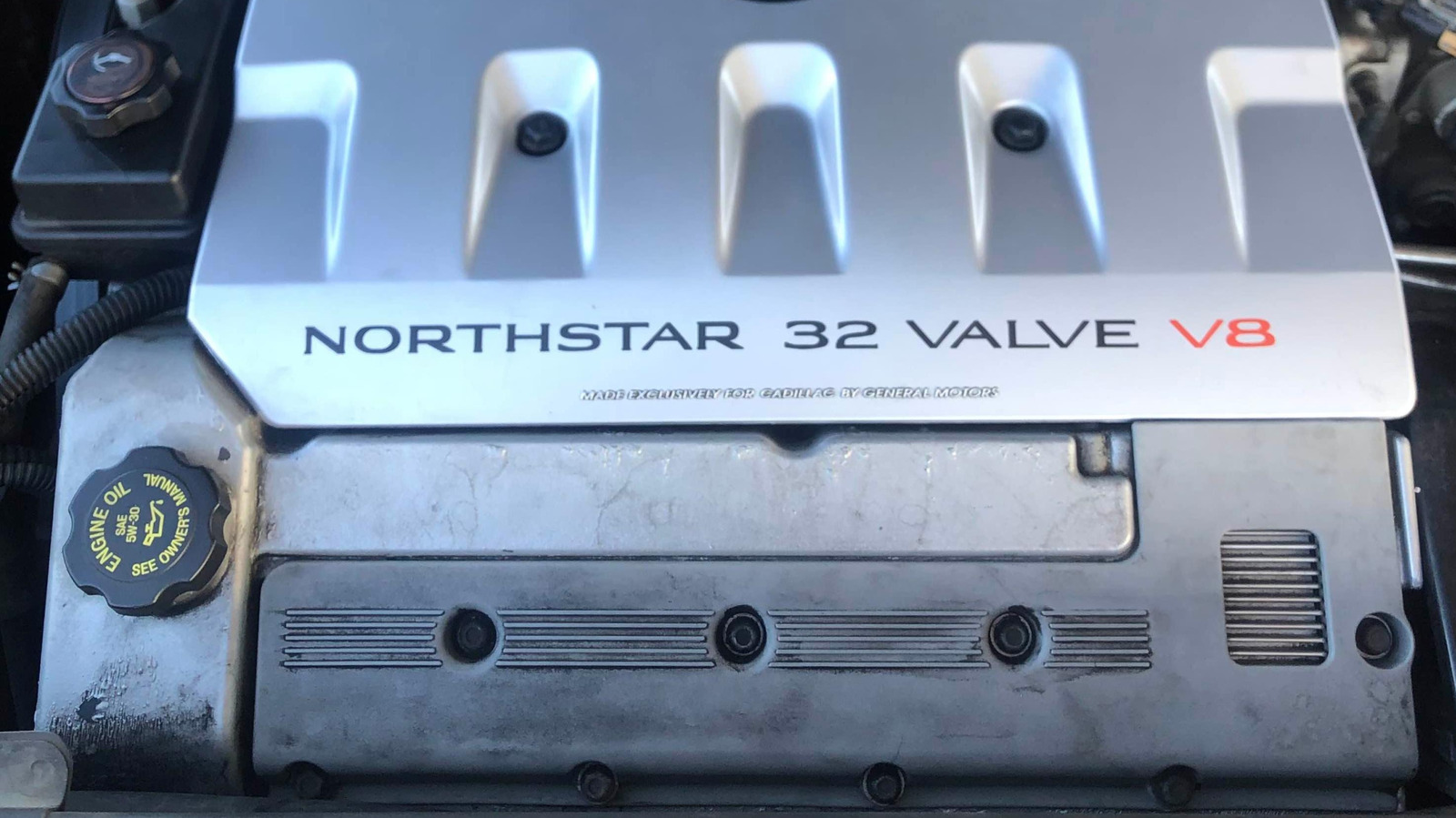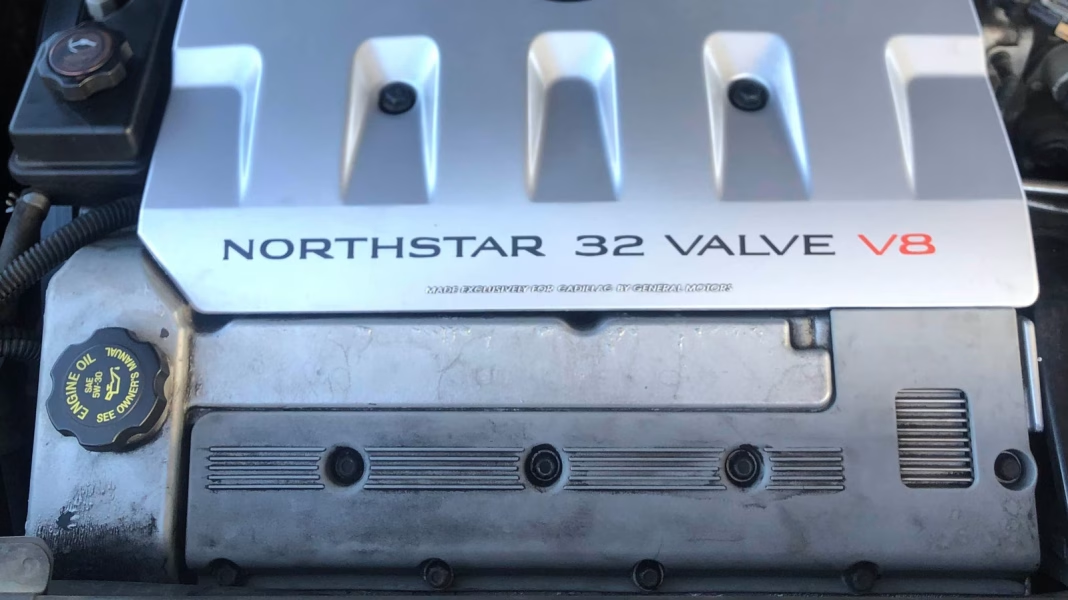Why Do So Many People Criticize the Cadillac Northstar V8?
Ask any seasoned car enthusiast about the Cadillac Northstar V8, and you’ll probably get a sigh, a knowing look, or maybe even a horror story or two. This engine, once Cadillac’s pride and joy, has become something of a cautionary tale in automotive circles. But is the Northstar’s reputation really as bad as people say? Or is there more nuance to the story?
What Actually Went Wrong With the Northstar Engine?
Let’s get straight to the point: the Northstar V8 was ambitious. When it debuted in the early 1990s, Cadillac wanted to prove it could compete with the best luxury engines in the world. On paper, the Northstar was a marvel—DOHC, all-aluminum, and packed with cutting-edge tech for its time.
But reality didn’t always match the brochure. The most notorious issue? Head gasket failures. These weren’t just minor leaks; they often led to catastrophic engine damage. The root cause was a combination of aluminum block design and torque-to-yield head bolts that would eventually lose their clamping force. Once that happened, coolant would leak, overheating would follow, and the repair bill? Let’s just say it wasn’t pretty.
That’s not the whole story, though. The Northstar also suffered from oil leaks, carbon buildup, and sometimes even timing chain issues. While some of these problems were manageable, the cumulative effect was enough to make even loyal Cadillac owners wary.
Were There Any Bright Spots With the Northstar?
Absolutely. For all its flaws, the Northstar wasn’t a total disaster. When it ran well, it delivered smooth, impressive power—up to 300 horsepower in some models. The engine was quiet, refined, and gave Cadillacs a genuinely modern feel in the 1990s and early 2000s.
Some owners racked up well over 150,000 miles without major issues, especially if they kept up with maintenance and didn’t ignore early warning signs. Cadillac also made incremental improvements over the years, addressing some—but not all—of the engine’s weak points.
How Did the Northstar’s Reputation Spiral Out of Control?
It’s easy to blame the head gasket problem alone, but the Northstar’s reputation took a hit for several reasons. First, the cost of repairs was astronomical compared to other engines. Fixing a Northstar often meant pulling the engine out of the car, which could run several thousand dollars. For many owners, that was a dealbreaker.
Second, the Northstar arrived at a time when Cadillac was trying to reinvent itself. The brand was fighting to shake off its “old man’s car” image, and the Northstar was supposed to be the centerpiece of that transformation. When reliability issues surfaced, it felt like a betrayal—not just of the engine, but of Cadillac’s entire new direction.
Finally, word spread fast. Online forums, mechanics, and even mainstream media picked up on the Northstar’s issues. The result? A reputation that snowballed, sometimes overshadowing the engine’s genuine strengths.
Is the Northstar Really Worse Than Other Luxury Engines of Its Era?
Here’s where things get interesting. The 1990s and early 2000s were a tough time for many automakers experimenting with new tech. BMW, Mercedes, and Jaguar all had their own engine woes—Nikasil cylinder issues, electrical gremlins, you name it. But Cadillac’s Northstar stood out because its problems were both expensive and common.
According to a 2017 analysis by Consumer Reports, Northstar-equipped Cadillacs had higher-than-average rates of major engine repairs compared to their peers. That said, some of the Northstar’s reputation is a bit exaggerated. Not every engine failed, and diligent maintenance could stave off disaster.
What Can Owners Do to Avoid Northstar Headaches?
If you’re considering a Northstar-powered Cadillac, don’t panic—just be prepared. Here are a few tips from experienced mechanics and long-time owners:
– Check service records carefully. Engines that have already had head gaskets replaced (with upgraded studs) are less likely to fail again.
– Watch for signs of overheating or coolant loss. Don’t ignore them.
– Use the recommended coolant and change it regularly. Northstars are sensitive to neglect.
– Consider a pre-purchase inspection from a shop familiar with these engines.
Some specialists even offer preventative repairs, like installing stronger head studs before a failure occurs. It’s not cheap, but it can add years to the engine’s life.
Why Do Some Enthusiasts Still Love the Northstar?
Despite all the drama, there’s a dedicated group of fans who swear by the Northstar. For them, the engine’s smoothness, power delivery, and unique character outweigh the risks. There’s also a certain pride in keeping a misunderstood classic running strong—like rooting for the underdog.
And let’s not forget: the Northstar powered some genuinely cool cars. The Cadillac Seville STS, Eldorado ETC, and even the wild Oldsmobile Aurora all owe their personalities to this engine.
What’s the Real Legacy of the Northstar V8?
The big takeaway? The Northstar story isn’t about perfection—it’s about smarter adjustments. If you’re willing to do your homework and stay on top of maintenance, you can enjoy what the Northstar does best: effortless, refined power. Start with one change this week—maybe a thorough coolant flush or a checkup with a trusted mechanic—and you’ll likely spot the difference by month’s end. Sometimes, it’s not about avoiding trouble altogether, but learning how to outsmart it.


